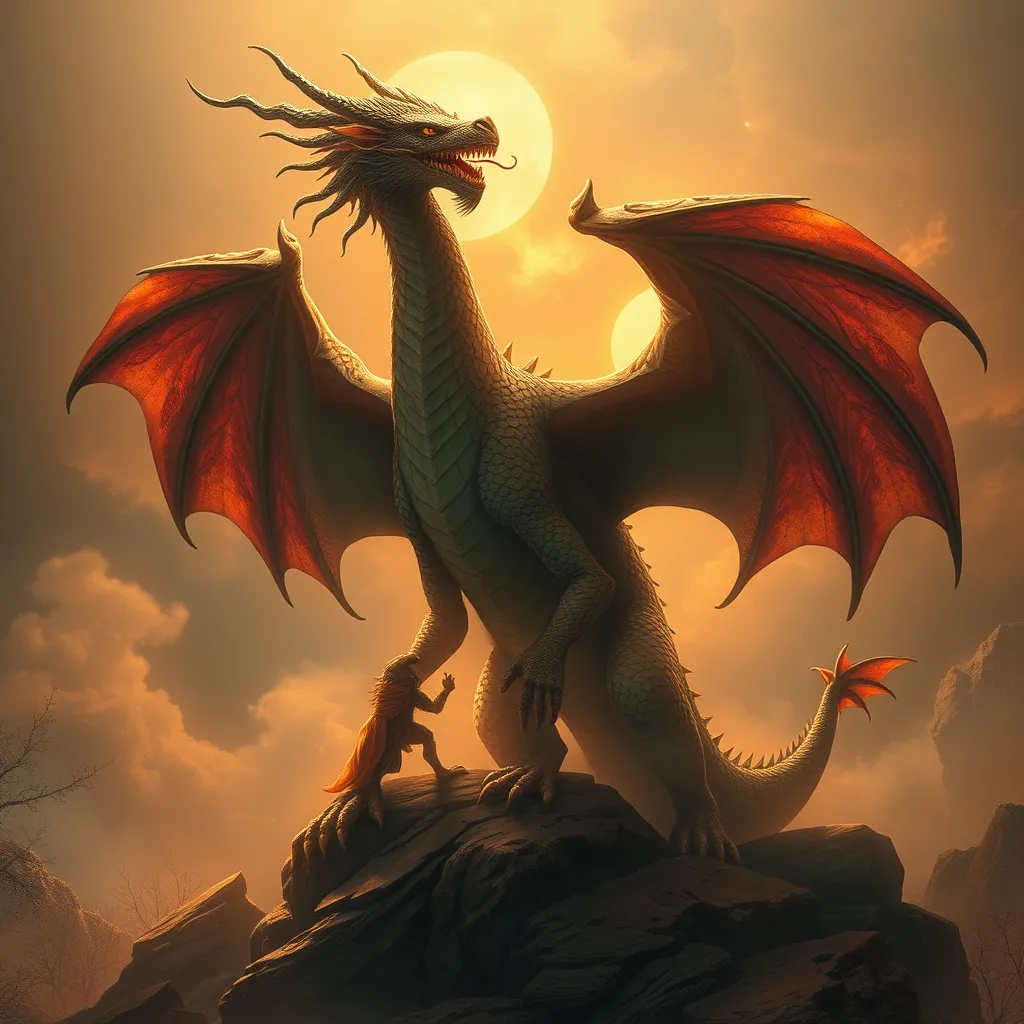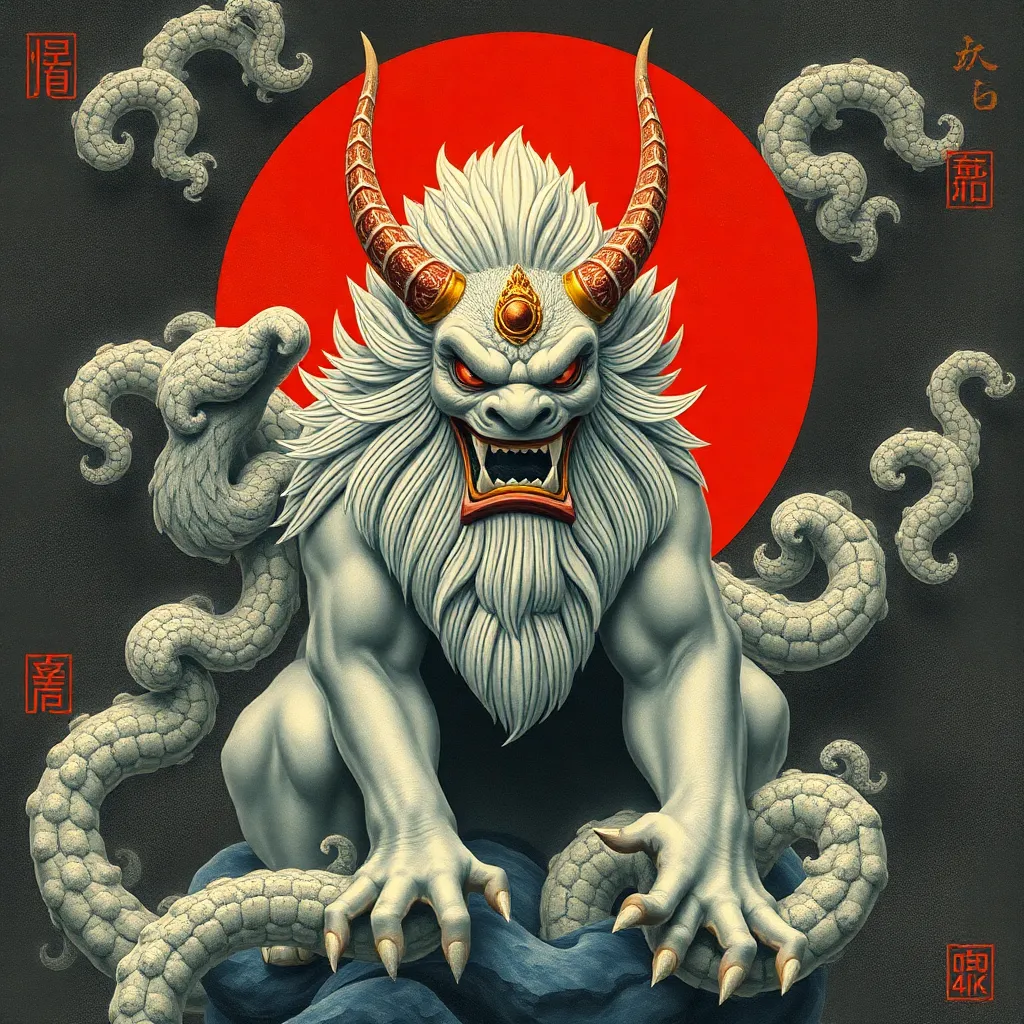The Dragon’s Family: Exploring the Roles of Dragons in Family and Lineage in Myth and Legend
I. Introduction
Dragons have long captivated the human imagination, appearing in myths, legends, and folklore across cultures worldwide. These majestic creatures often embody a blend of power, wisdom, and mystery, making them compelling figures in storytelling. The roles of dragons extend beyond mere terror or majesty; they frequently symbolize family and lineage, highlighting the importance of ancestry and legacy in various narratives.
This article explores the multifaceted roles of dragons in relation to family and lineage, examining how these themes manifest in different cultures and eras. By delving into the symbolism of dragons, their roles as ancestors, mothers, siblings, and their interactions with humans, we aim to uncover the depth of dragon narratives and their significance in understanding familial dynamics.
II. The Symbolism of Dragons in Mythology
In mythology, dragons symbolize a range of concepts that often reflect the values and beliefs of the cultures that birthed them. Their portrayal can vary significantly, yet certain common themes emerge:
- Representation of power and wisdom: Dragons are often depicted as powerful beings, possessing immense strength and ancient knowledge. They serve as guardians of sacred places or treasures, embodying the idea that wisdom and power go hand in hand.
- Cultural variations in dragon symbolism: In Western mythology, dragons are frequently depicted as malevolent creatures to be slain by heroes, while in Eastern traditions, they are revered as benevolent beings that bring prosperity and good fortune.
- Dragons as guardians of heritage and legacy: Many myths position dragons as protectors of family lineage, safeguarding the stories and treasures of their ancestors.
III. Dragons as Ancestors: Family Lineage in Mythic Tales
Dragons often serve as ancestral figures in folklore, representing the origins of clans or races.
- Legendary dragons as progenitors of races or clans: In several cultures, dragons are considered the forebears of noble families or entire races, linking them to divine or mystical origins.
- Examples of dragon ancestry in various cultures:
- In Japanese mythology, the Yamata-no-Orochi is a legendary eight-headed dragon that is integral to the creation myths of Japan.
- In the British Isles, the story of Brân the Blessed features a giant who transforms into a dragon, representing the lineage of Welsh kings.
- The significance of dragon lineage in societal hierarchies: In many societies, being descended from a dragon or having a dragon in one’s lineage can elevate a family’s status and power.
IV. Maternal Figures: The Role of Dragon Mothers
Dragon mothers often embody nurturing characteristics, providing a unique perspective on motherhood in mythology.
- Depictions of dragon motherhood across different myths: In some tales, dragon mothers fiercely protect their young, demonstrating loyalty and strength.
- The nurturing aspect of dragon mothers: Unlike the traditional image of dragons as ruthless beasts, many myths showcase dragon mothers as caring figures who nurture their offspring and impart wisdom.
- Symbolic meanings of dragon motherhood in family dynamics: Dragon mothers may symbolize the protective and sacrificial nature of motherhood, representing the lengths a parent will go to ensure the safety and success of their children.
V. Sibling Relationships: Dragons and Their Kin
Sibling relationships among dragons can be complex, often characterized by rivalry, alliances, and deep bonds.
- Portrayals of sibling dragons in folklore: Many myths feature dragon siblings that either support each other or stand in opposition, creating rich narratives filled with conflict and cooperation.
- Rivalries and alliances among dragon siblings: These dynamics can drive the plot of many stories, with sibling rivalries leading to epic battles and alliances resulting in powerful partnerships.
- The impact of sibling dynamics on mythological narratives: The interactions between dragon siblings often reflect human familial relationships, illustrating themes of loyalty, betrayal, and reconciliation.
VI. Dragons in Human Family Structures
The relationship between dragons and human families is a common motif in many legends, often portraying dragons as either protectors or adversaries.
- The bond between dragons and human families in legends: Some tales highlight friendships or alliances between humans and dragons, emphasizing themes of mutual respect and cooperation.
- Dragons as protectors or destroyers of family units: In certain narratives, dragons serve as guardians of human families, while in others, they represent chaos and destruction, challenging the family unit.
- Interactions between dragons and humans in familial contexts: The interactions often reflect the values of the culture, whether it be reverence, fear, or a desire for harmony.
VII. The Evolution of Dragon Family Roles in Modern Media
In contemporary literature and film, the portrayal of dragons has evolved significantly, reflecting changing societal attitudes.
- Representation of dragons in contemporary literature and film: Modern stories often depict dragons with more nuanced personalities, transforming them from mere antagonists into complex characters with their own familial ties.
- Changes in the perception of dragon families over time: The shift from viewing dragons solely as threats to recognizing their roles in family and community reflects broader changes in storytelling.
- The influence of modern storytelling on traditional dragon myths: Modern adaptations often blend traditional elements with new interpretations, creating a rich tapestry of dragon narratives.
VIII. Conclusion
Dragons occupy a unique place in mythology, serving as powerful symbols of family and lineage. Their roles as ancestors, mothers, siblings, and their interactions with humans illustrate the complexities of familial relationships. As cultures evolve, so too do the narratives surrounding dragons, allowing them to remain relevant in contemporary discussions about family dynamics.
The enduring legacy of dragon myths continues to shape our understanding of family, providing insight into the values and beliefs that define human relationships. Ultimately, dragons remind us of the power of ancestry and the importance of family in our lives and stories.



